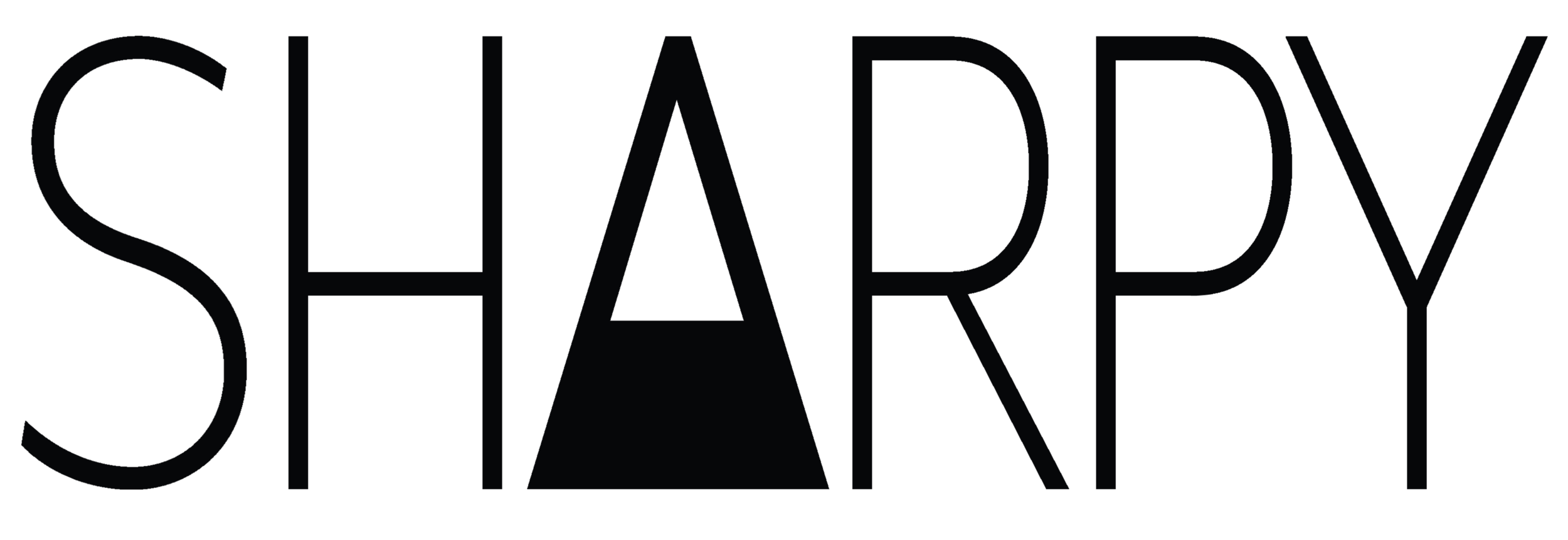Thank you for supporting my book...
Likely to be a bit of a ramble as I process this! I wrapped up #6 of StarHenge, completing book 1, over the weekend - bar any last minute tidying/edits - and it feels totally unreal. What a journey! I have wanted to do a story around Geoffrey of Monmouth’s version of the Merlin/Arthur story for some 40 years, and finally I have. But it became so much more than that - to me at least! Both my wife, Christina, and my great mate Nick Abadzis helped push me to make it my own. Without them I don’t think there would have been an Amber who grounded the whole thing, and seemed to spring, fully formed, out of nowhere. She made it contemporary, and gave the saga a fresh spin - and a third timeline. And with her came Daryl, and a thousand other possibilities.
I’ve mentioned before that there have been times when the whole thing seemed like folly. Too big, too unwieldy, too ambitious. For my first fully solo outing to attempt not only to tell this vast tale, but to also be about storytelling, and comics, was perhaps a little bonkers! But then, when you’re making truly personal work it’s best to be authentic, and to do it with heart - do what you love - even if it risks derailing itself. When I look at works like Bill Sienkiewicz's astonishing ’Stray Toasters’ I see material that thrills me, even as it confounds. It’s worth working with it, and unpacking the layers. It’s joyous in its vast variety of techniques and approaches. And I wanted to try that too, with a story that I felt could justify it. StarHenge does so many things we are not supposed to do. Somebody wrote rules, but it’s up to creators to always challenge them, and rewrite them.
My book breaks the forth wall, knows it’s a comic, is riddled with info dumps, it tells AND shows, and is chockablock full of different artistic approaches. We know from #2, and even #1, that Amber is an artist. That she processes using art. It’s a well-known psychological method used to deal with trauma after all, so it seemed like it could work. And she loves comics, so that lens gave me a reason to to attempt the approach. And we know different comics tell stories in different ways, which meant I could, for instance, make an action scene using a very old-school, mainstream approach. A historical scene might look like a Victorian neoclassical painting. Stripping the world of color could help delineate a timeline, but it could also show how a character might feel, or view the world. It became a way to explore the inner world of the characters, and all their messiness.
But I also did something else I always wanted to try, and that was to make it something like a hybrid between a comic and an illustrated book. Sometimes words do things that pictures can’t. And I love words. And at other times the opposite is true. So there could be silent sequences, and wordy sequences. There could be wild, semi-relevant diversions, as Herodotus did in his dubious histories. There could be an internal commentary. There could be genuine quotes and references to cultures both ancient and modern, to juxtapose the differences and the similarities, and hopefully inspire at least a few people to check them out.
But there could also be humor, and playfulness. There had to be, as it risked being incredibly ponderous - and probably still is! Making it fun to read has been a big part of the process, so it has been nice to read in several reviews that I at least succeeded in that bit!
In the end I am sure it is flawed, and likely uneven. When you move into new territory there really is no map. When you are trying things you’ve never done before, then sticking the landing - even page to page - is not something you can readily predict! You inevitably break things. But you also learn, and grow, and hopefully improve. There’s no way of knowing what’s right if you haven’t done it wrong - unless, of course, you just except the rules and opt never to find out for yourself. But then I always like to ask the ‘why’ about things, and find out for myself, because times and approaches change, and sometimes what we’re told is the wrong way is itself wrong. How else do we push any medium? How else do we grow as artists, and continue to learn?
It will be some time before I can unpack this book, and see with some clarity what worked and what didn’t. For now though I’m too close, too steeped in the madcap journey. But what I hope is that I don’t lose my nerve, and stop pushing so hard going forward. I don’t want to ever play it safe with StarHenge, tempting though that is!
Thank you for supporting my book. I made it for me, but it couldn't exist without you.


